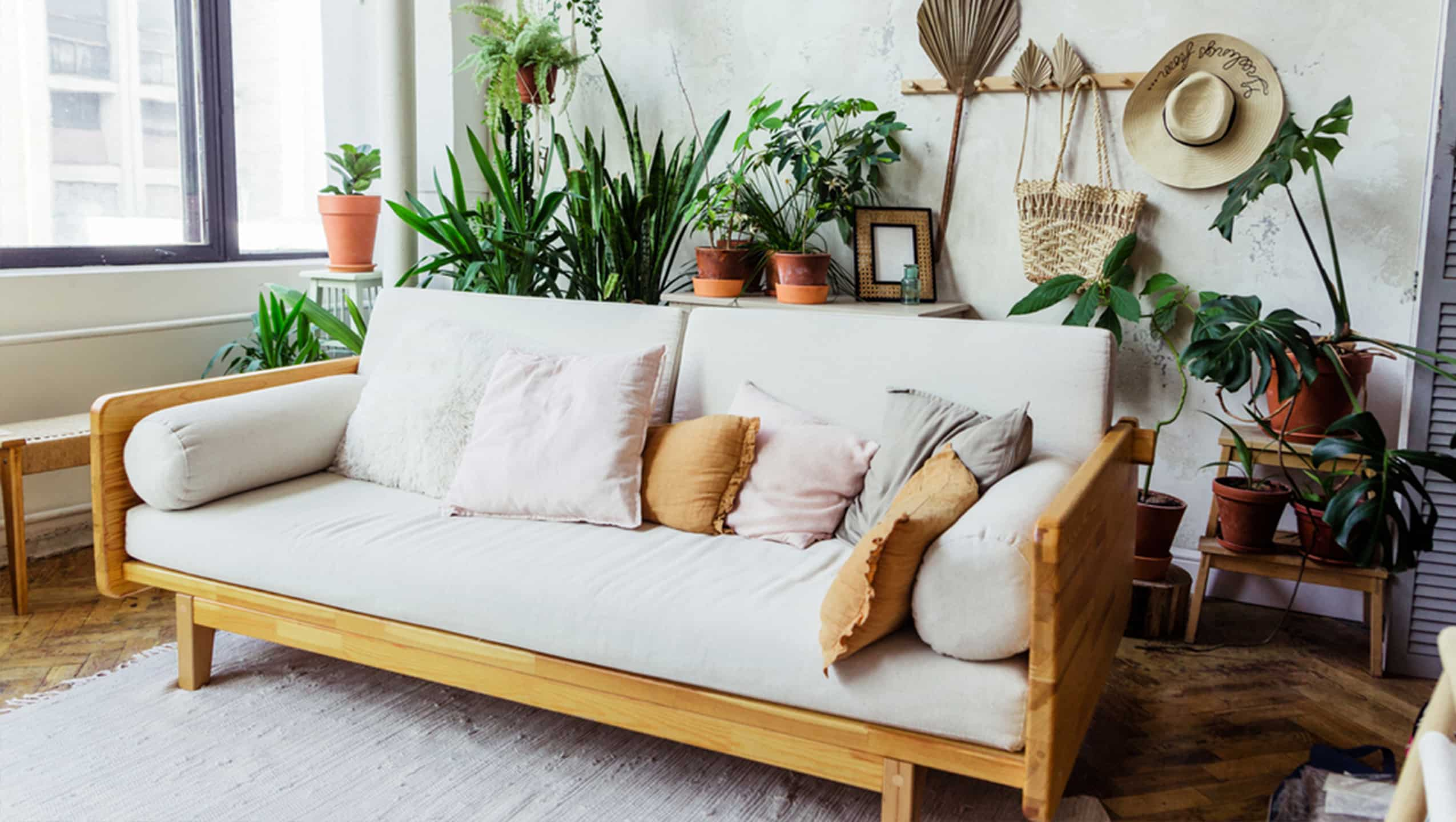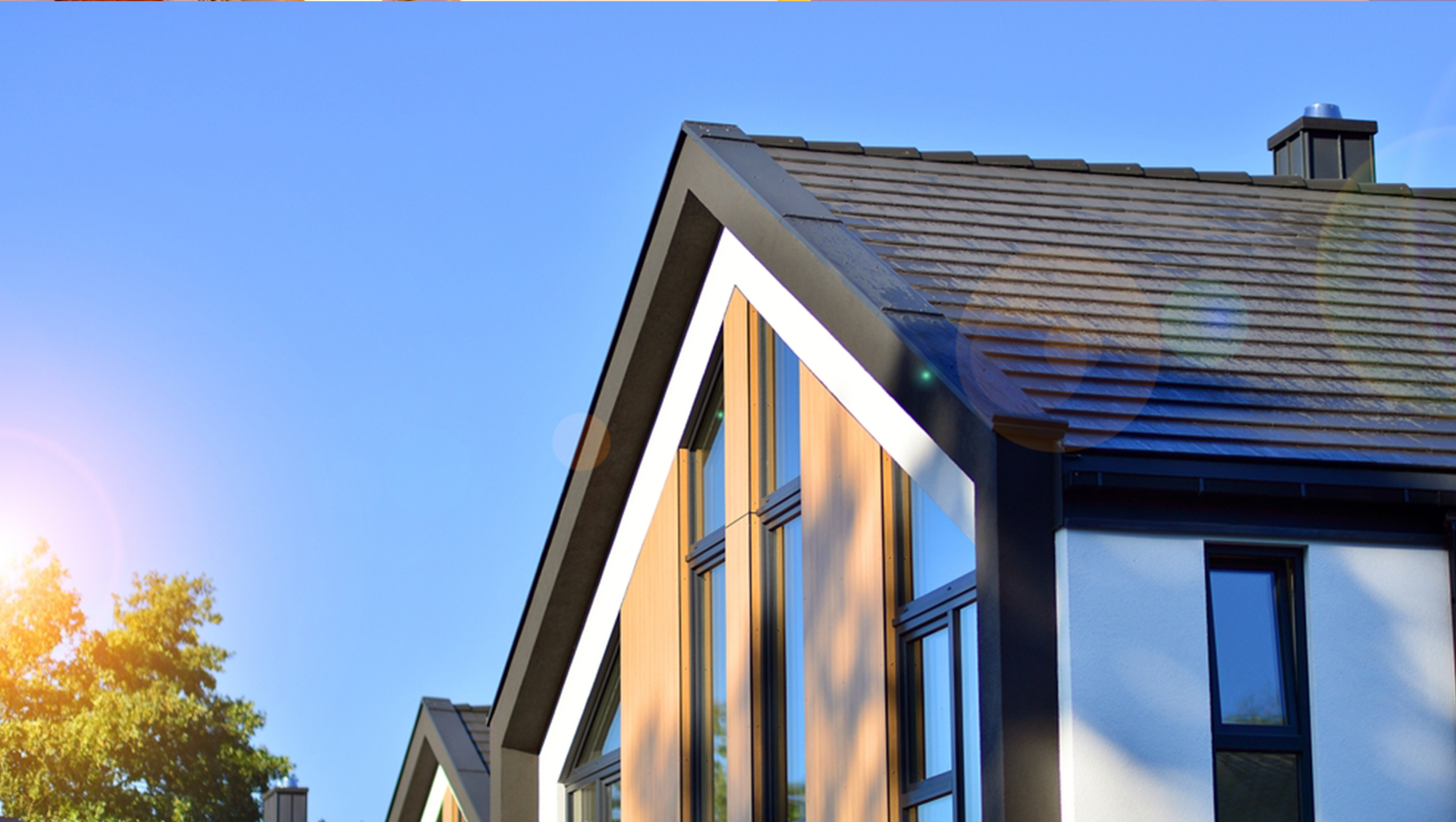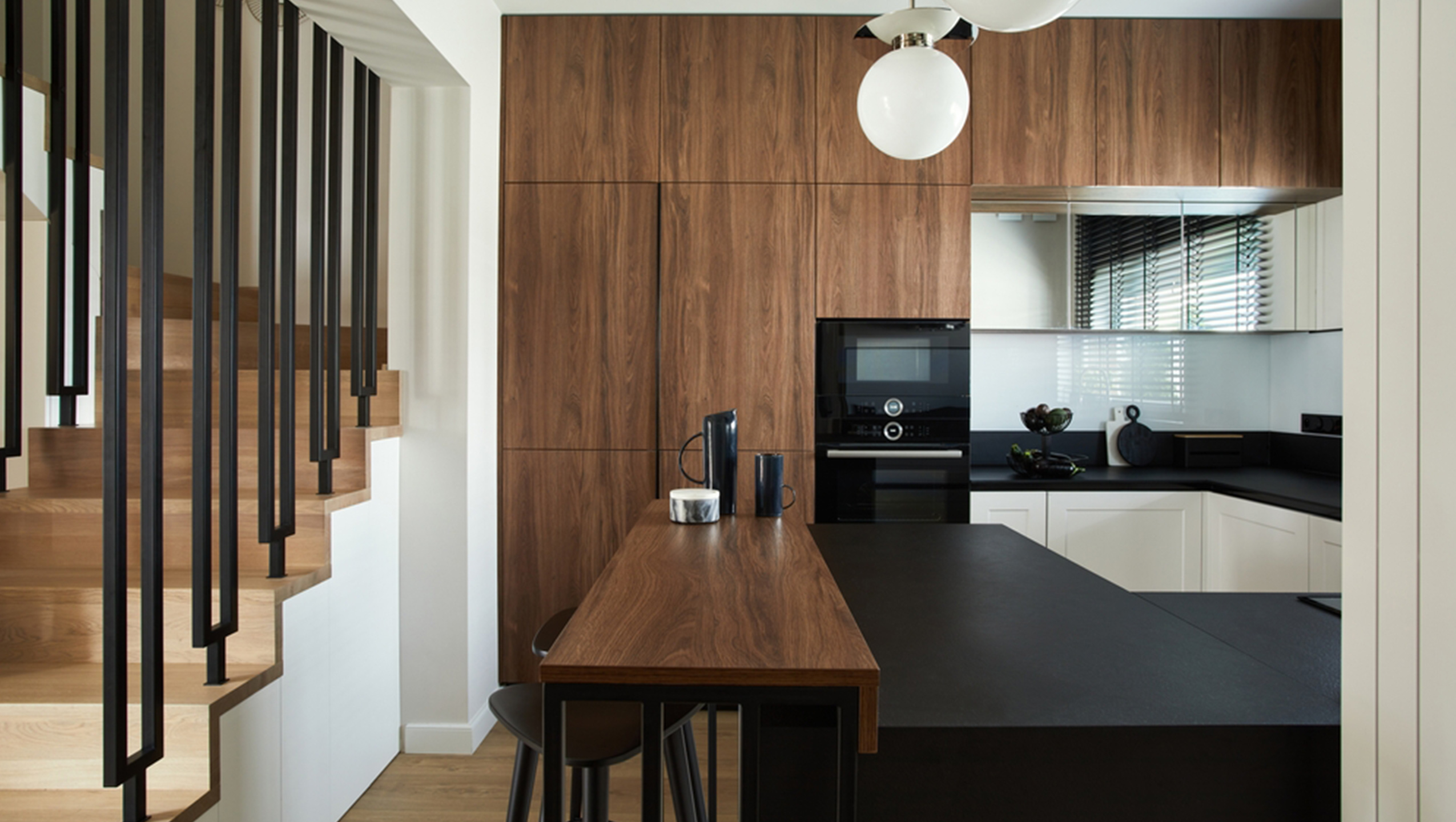In recent decades, eco-friendly design concepts have become increasingly popular among architects and interior designers. One rapidly growing trend is biophilic design. This approach not only focuses on aesthetics but also aims to achieve a balance between humans and nature. Curious about this design style? You can explore the complete details in the following article.
Definition of Biophilic Design
The term "biophilic design" comes from the word "biophilia," which means a love for nature. In design contexts, biophilic design is an approach that integrates natural elements into built environments. Its primary goal is to create spaces that promote human well-being by incorporating nature directly or indirectly into daily life.
Examples of biophilic design include the use of indoor plants, natural lighting, materials inspired by nature such as wood and stone, and visual representations of nature like garden views or flowing water. These elements help establish an emotional and physical connection between humans and their natural environment.
Biophilic design was first introduced by Edward O. Wilson in 1984, who argued that humans have an innate and profound connection to nature. Over time, this concept has been increasingly applied in architecture, interior design, and urban planning as a solution to mental health issues, stress, and unfavorable living conditions.
Benefits of Biophilic Design
Why has the concept of biophilic design gained so much popularity? It turns out that there are numerous benefits, both for health, emotional well-being, and the environment. Here are some of the advantages of adopting biophilic design:
1. Enhancing Mental Well-Being
Exposure to natural elements, such as greenery or flowing water, has been proven to have a calming effect. Spaces designed with biophilic principles can help reduce stress, alleviate anxiety, and boost mood.
2. Improving Productivity
Studies show that work environments utilizing biophilic design can enhance concentration and productivity. This is particularly important in office spaces, where individuals often need a setting that fosters focus and creativity.
3. Enhancing Indoor Air Quality
Biophilic design also positively impacts indoor air quality. For example, houseplants can filter pollutants and produce fresher oxygen. Additionally, good air circulation is a vital part of this concept.
4. Energy Efficiency
By utilizing more natural light and ventilation, biophilic design reduces reliance on artificial lighting and air conditioning. This contributes to energy savings while supporting a greener environment.
5. Improving Room Aesthetics
Spaces with natural touches feel more comfortable and soothing. The use of natural materials and soft lighting can create a harmonious atmosphere that is not only beneficial for health but also pleasing to the eye.
Principles of Biophilic Design
To apply biophilic design effectively, several fundamental principles must be considered. Here are some key elements of biophilic design:
1. Visual Connection to Nature
The primary principle of biophilic design is creating a direct visual connection with nature. This can be achieved through large windows showcasing views of gardens, trees, or water. If direct access to nature is not feasible, you can use nature-themed images or murals.
2. Natural Lighting
Natural light not only makes a room feel brighter and more spacious but also provides health benefits. It can regulate circadian rhythms, ultimately affecting sleep quality and daily energy levels. Therefore, large windows and skylights are highly recommended in biophilic design.
3. Use of Natural Materials
Materials used in biophilic design often include natural and sustainable options like wood, stone, clay, and bamboo. Additionally, textures and patterns inspired by nature can be incorporated into floors, walls, or furniture to bring a natural and organic feel.
4. Integration of Plants
Incorporating indoor plants is one of the easiest ways to apply biophilic design. Plants improve air quality, absorb carbon dioxide, and add refreshing green tones to a room. You can place small potted plants in corners, hang plants on walls, or create vertical gardens.
5. Natural Sounds
Beyond visuals, biophilic design also includes sensory experiences like sound. You can add water features, such as small ponds or artificial waterfalls, that produce soothing water sounds. Alternatively, technology can be used to simulate natural sounds like bird chirping or rustling leaves.
6. Air Quality and Circulation
Biophilic design emphasizes good air quality and circulation. Natural ventilation through open windows or doors helps maintain fresh air flow and prevents indoor air from becoming stale or humid.
Practical Tips for Applying Biophilic Design at Home
After learning about the principles and benefits of biophilic design, here are some practical tips for applying it to your home:
1. Maximize Natural Light
Ensure your home has ample access to natural light. Use large windows or skylights to reduce the need for artificial lighting during the day. Besides saving energy, natural light creates a brighter and fresher ambiance.
2. Add Indoor Plants
Indoor plants not only beautify your space but also improve air quality. Choose easy-to-care-for plants like monstera, pothos, or snake plants. Arrange them in room corners or near windows to create a green atmosphere.
3. Use Textured Natural Materials
Incorporate natural materials like wood, stone, or bamboo into flooring, furniture, and decorations. These materials are eco-friendly and provide a calming, natural texture.
4. Create Open Spaces
If possible, design open spaces like a small garden or a terrace surrounded by plants. These areas can serve as spots for relaxation while enjoying fresh air and natural sounds.
5. Integrate Water Elements for Relaxation
Water is a key component of biophilic design. Consider adding water features like mini fountains or small ponds. Beyond enhancing aesthetics, the sound of flowing water offers a relaxing effect.
6. Choose Textures and Colors Inspired by Nature
Nature-inspired colors like green, brown, and ocean blue are perfect for walls or decorations. Combine these with textures reminiscent of wood, stone, or sand to create a calming atmosphere.
Biophilic design is not just a trend but a solution for creating healthier, more comfortable living spaces that harmonize with nature. By incorporating natural elements into your home, you can experience extraordinary physical and mental benefits.
For those interested in adopting biophilic design at home, selecting materials that support this concept is essential. One excellent option is Vellino granite tiles, which offer natural textures and patterns. These tiles add an elegant touch of nature to your home while ensuring long-term durability and beauty.
Popular Products
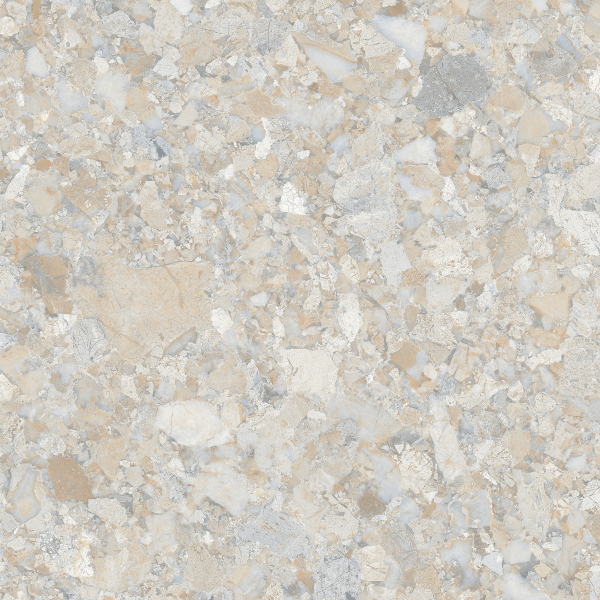
THETA VINCENT BEIGE
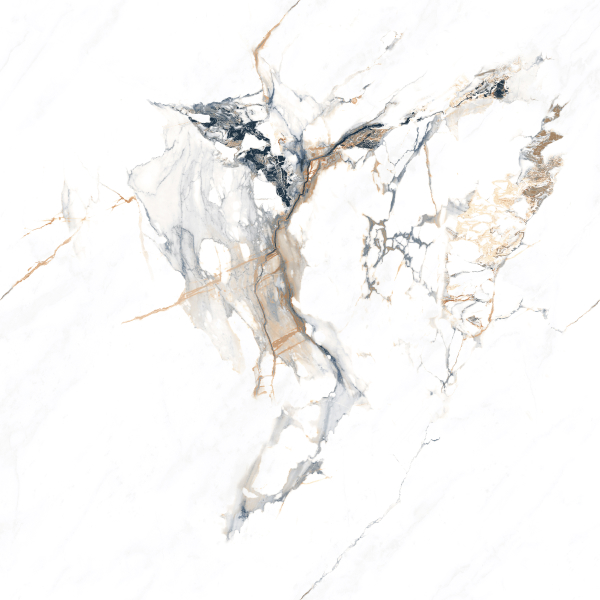
THETA NICOLLI WHITE
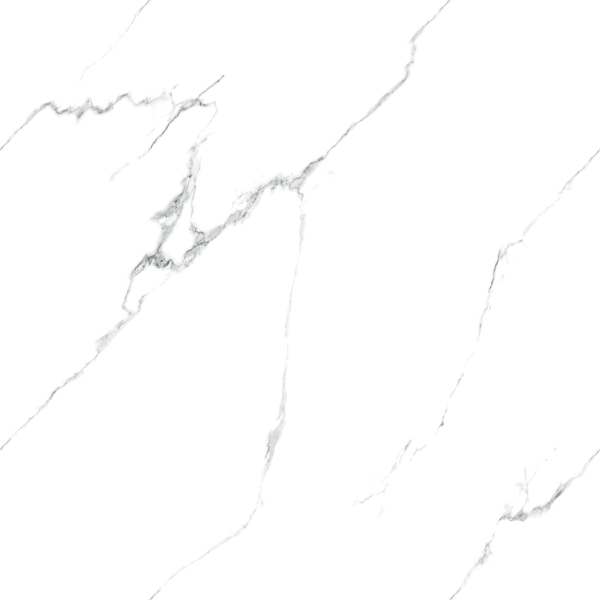
THETA RAFFINATO WHITE

THETA GIARDINO WHITE
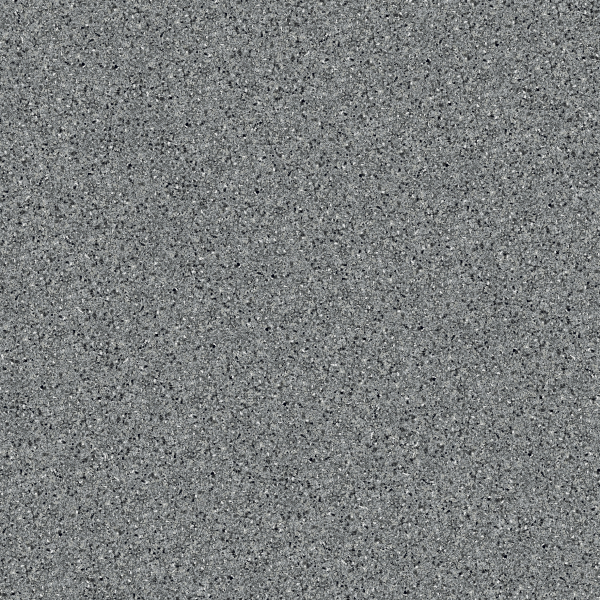
RUSTIC AVIRA CHARCOAL

